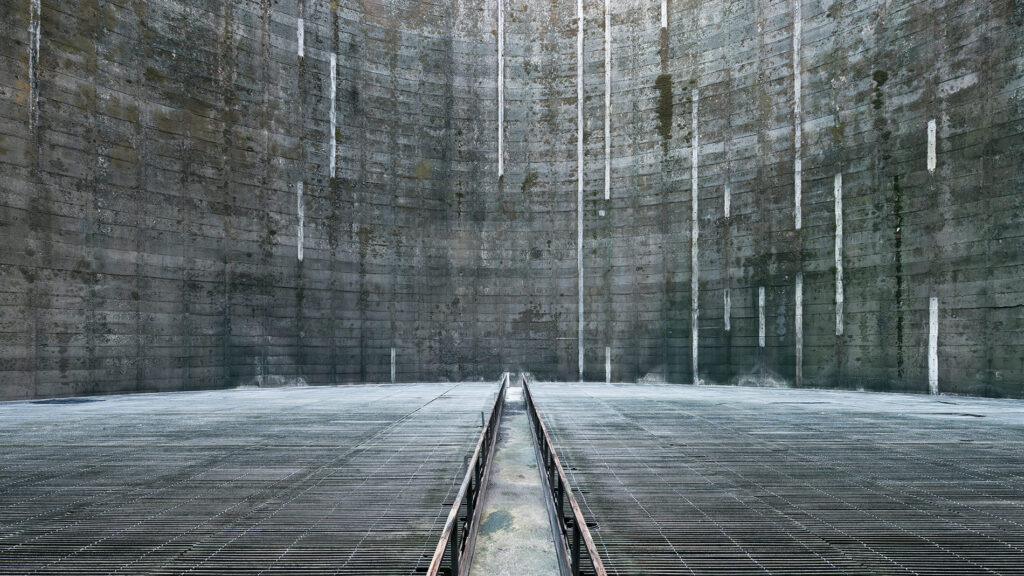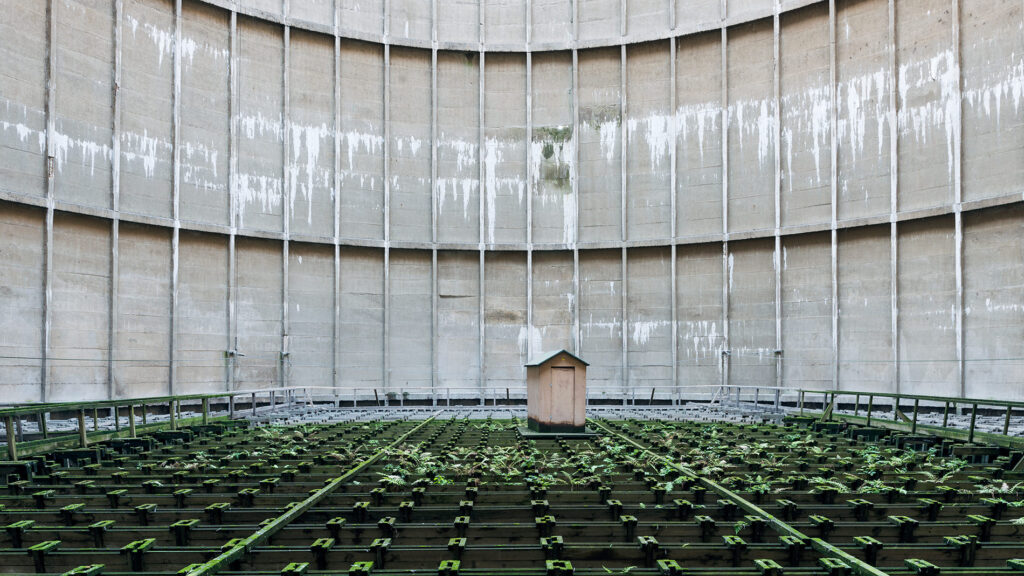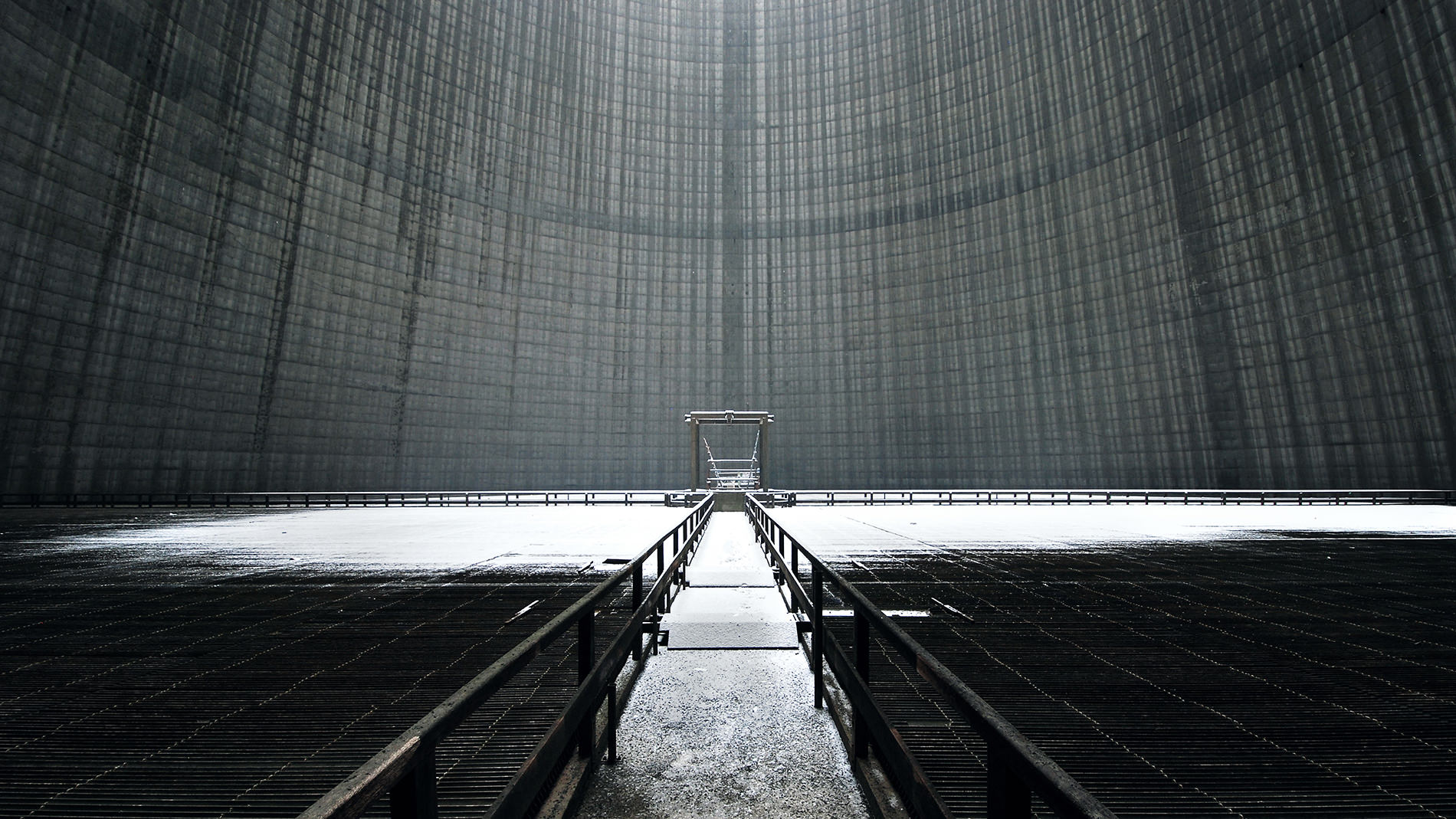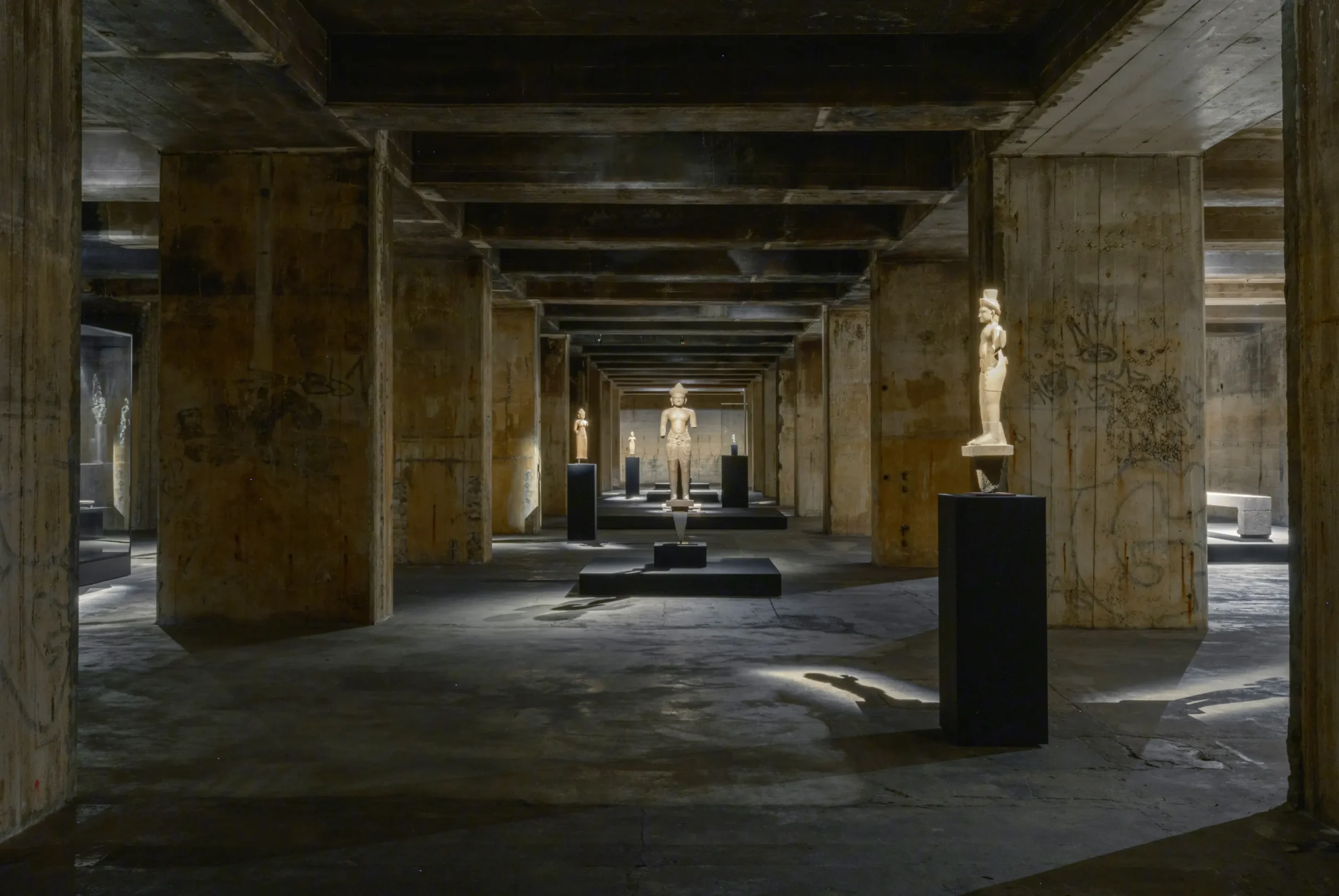In his striking series Landscapes Within, Belgian photographer and urban explorer Reginald Van de Velde turns his lens toward a seldom-seen side of post-industrial Europe: the monumental, cylindrical interiors of abandoned cooling towers. Where others see dereliction, Van de Velde finds meditative beauty, architectural poetry, and a chilling stillness.
Each image in Landscapes Within captures a sense of vastness that borders on the sublime. Shot from the inside out, these towers become monuments of entropy, structures shaped by utility, now hollowed out by time. Stark lines and perfect curves form brutalist compositions that verge on the abstract. The vertical fluting, the concentric platforms, the central drains, all are bathed in natural light filtering from above, giving the images an almost spiritual atmosphere. There is no artificial lighting, no digital enhancement; what you see is what remains.
“In a world that’s too chaotic and fast-paced I try to find solitude and peacefulness,” Van de Velde explains. “Forgotten places and remote locations prove to be the perfect oasis for such reflection. I’m a chronicler of forgotten magnificence, capturing the beauty of bygone places.”
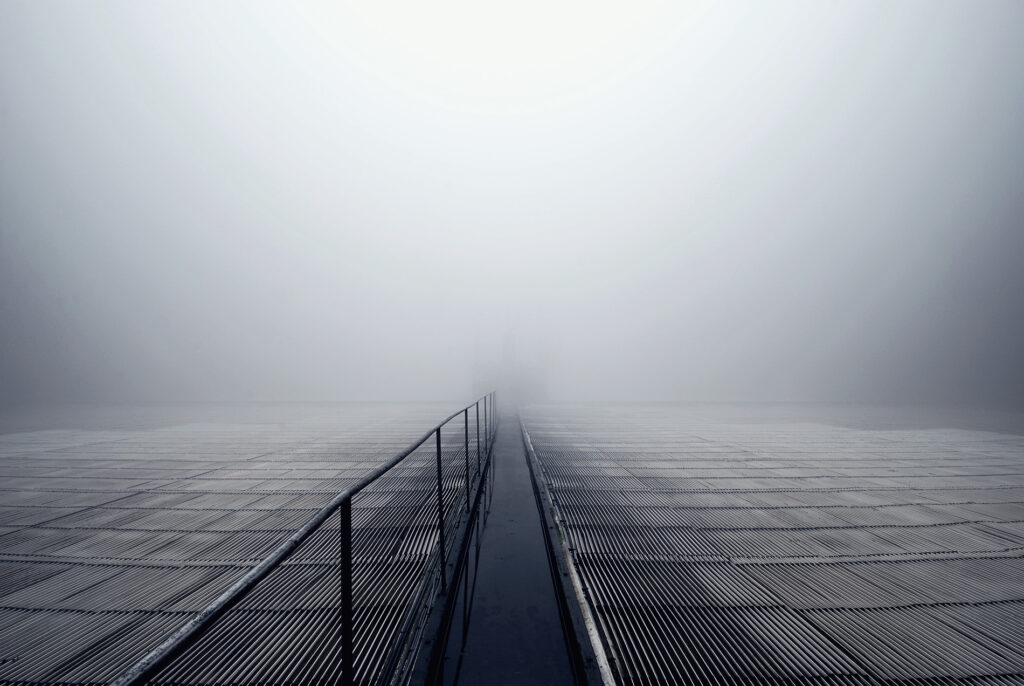
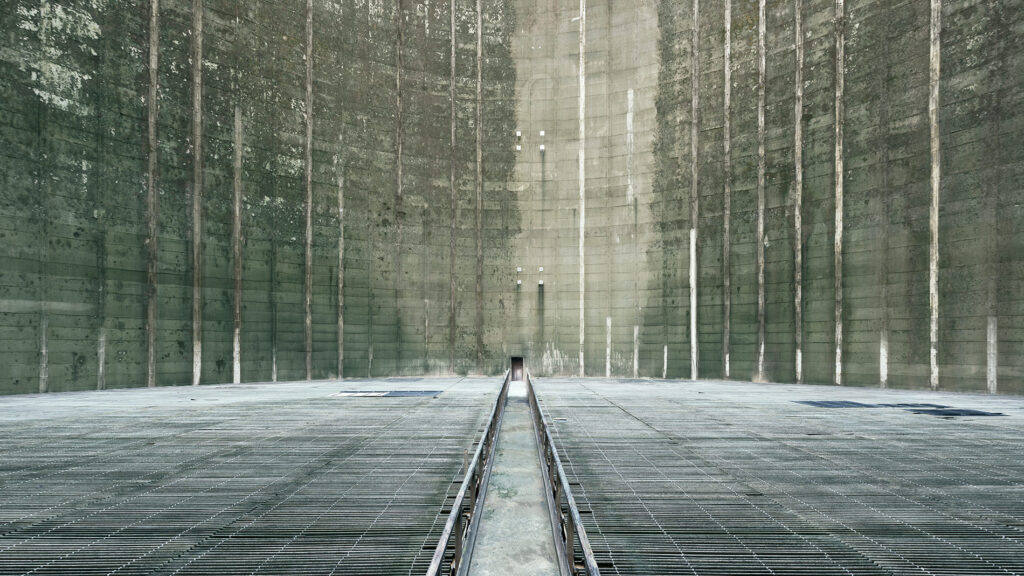
Modern Megaliths of a Forgotten Age
Cooling towers are one of the most recognizable yet misunderstood forms in the industrial landscape. They were originally designed to cool water used in thermal energy production, often nuclear or coal-powered, by exposing it to air in a towering hyperboloid shape. Ironically, the very form designed for function now appears as pure sculpture once stripped of purpose.
The locations photographed by Van de Velde span several countries, including Belgium, Germany, France, and the UK, many of them decommissioned in response to the European Union’s shifting energy policies, which increasingly favor renewables over nuclear and fossil fuels. Some towers have already been demolished; others await their fate. What’s striking is how similar many of them look, built on a standard of brutalist efficiency but now unique in their decay, moss creeping up the bases, rust spreading across the grates, cracks and water stains revealing time’s slow violence. Modern-day castle towers among the forests of Europe, awaiting a similarly ruinous fate.
Indeed, Van de Velde elevates these remnants to the status of modern ruins, akin to ancient Roman aqueducts or Mayan temples, except here, the ghosts are not of gods or lords of old, but of progress and power. He treats these spaces with reverence, letting their silence speak volumes.

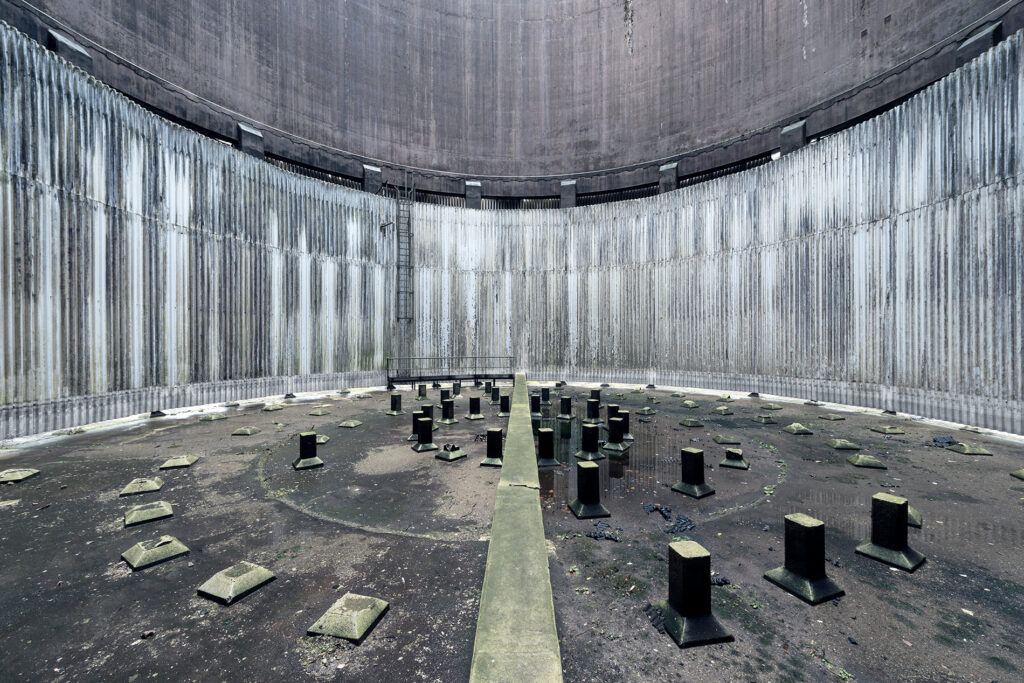
The Aesthetics of Stillness
Originally a trained graphic designer, Van de Velde brings a precision and symmetry to his compositions that feels almost mathematical. His photos are often taken from the tower’s central drain point, often looking upward toward the open vent, resulting in an image that spirals upward like the eye of a cyclone. But while the visual impact is strong, it’s the emotional resonance that lingers: each photo suggests a frozen moment in time, a place once roaring with heat and energy, now reduced to quiet breath and crumbling skin.
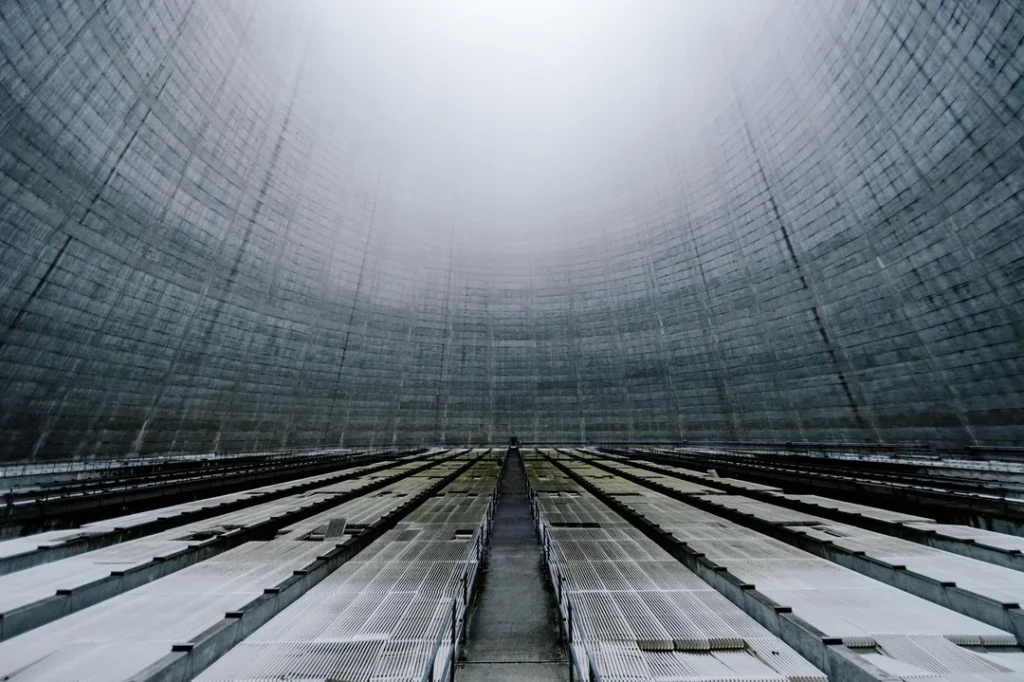
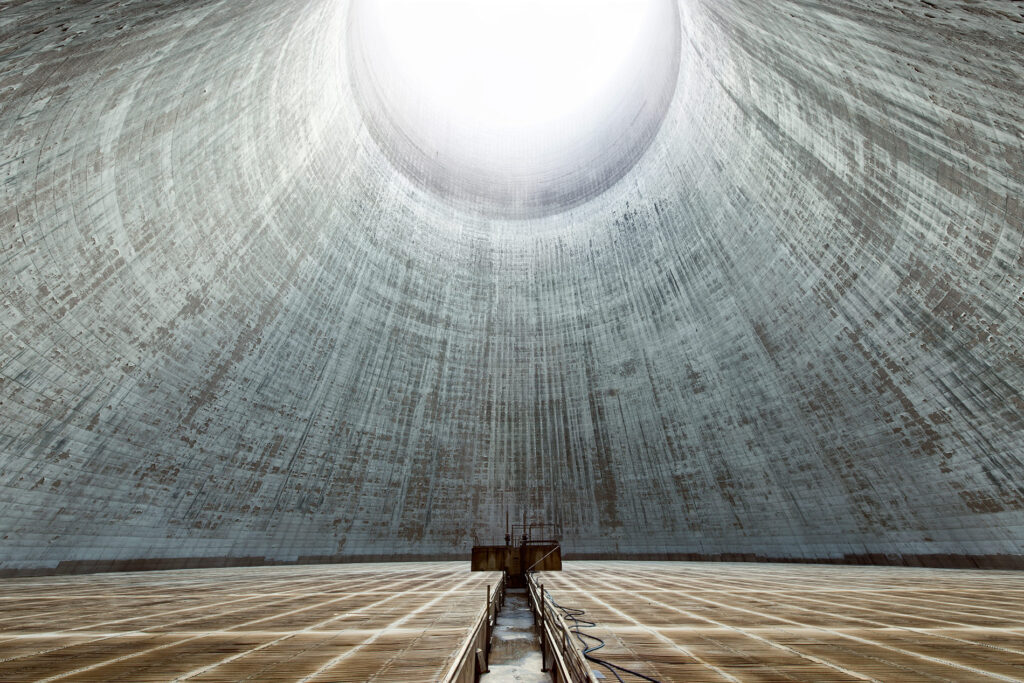
There’s a psychological dimension as well. These interiors become metaphors for internal states: solitude, isolation, endurance. The silence inside them is not empty but charged, like the aftermath of a storm. In this way, Van de Velde’s work aligns with broader movements in urban exploration photography, yet it stands apart for its restraint.
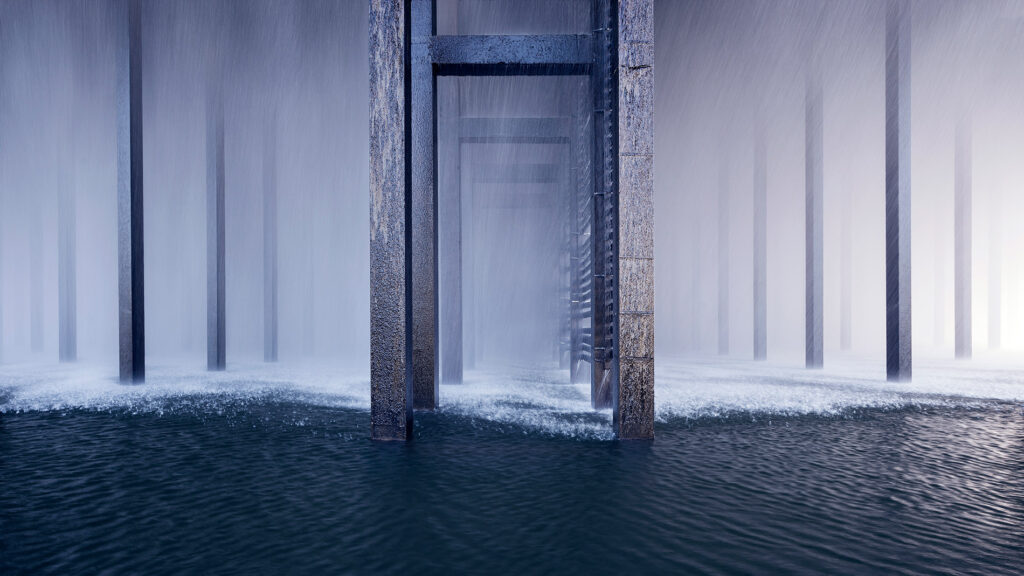
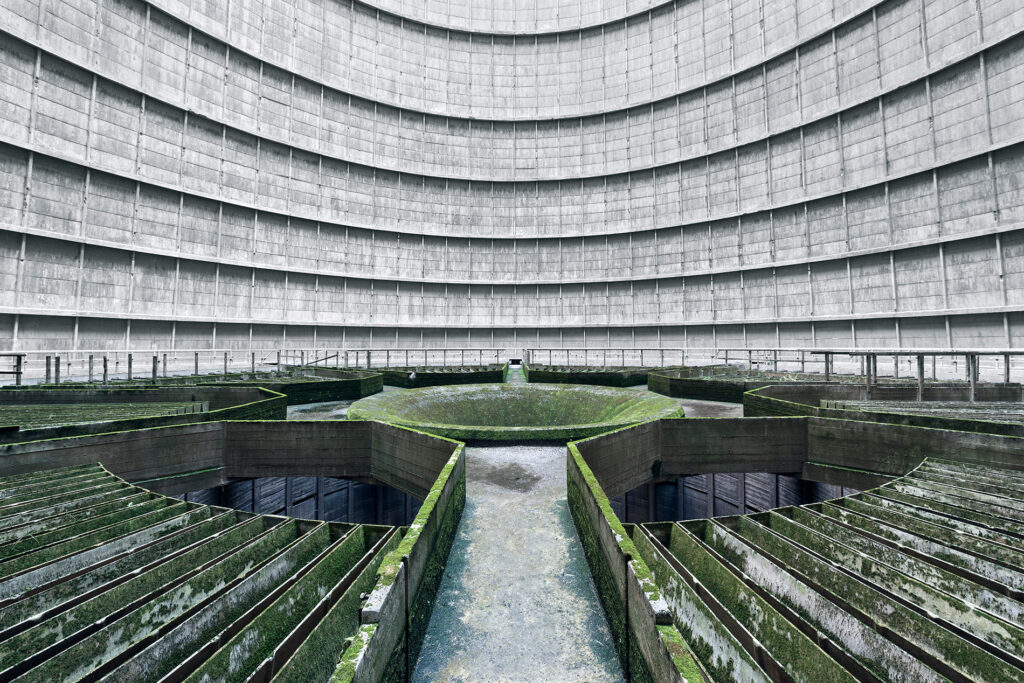
An Unlikely Beauty
Van de Velde’s career as an urban explorer has taken him to hundreds of abandoned locations: hospitals, hotels, military bunkers, even defunct theme parks. But few structures match the monumentality of cooling towers. They are neither quite architecture nor landscape, but something in between: artificial mountains with no summit, no rooms, and no clear human scale.
And yet, despite their inaccessibility and apparent monotony, Van de Velde’s lens transforms these sites into something arresting. The repetition becomes rhythm. The concrete becomes canvas. The absence of life becomes the very thing that breathes.
For anyone interested in industrial archaeology, brutalist architecture, environmental commentary, or photography as a contemplative act, Landscapes Within offers more than images, it offers a portal. A way to think differently about what we leave behind, and how silence can speak as powerfully as noise.
